Office: (+256) 776 212 155
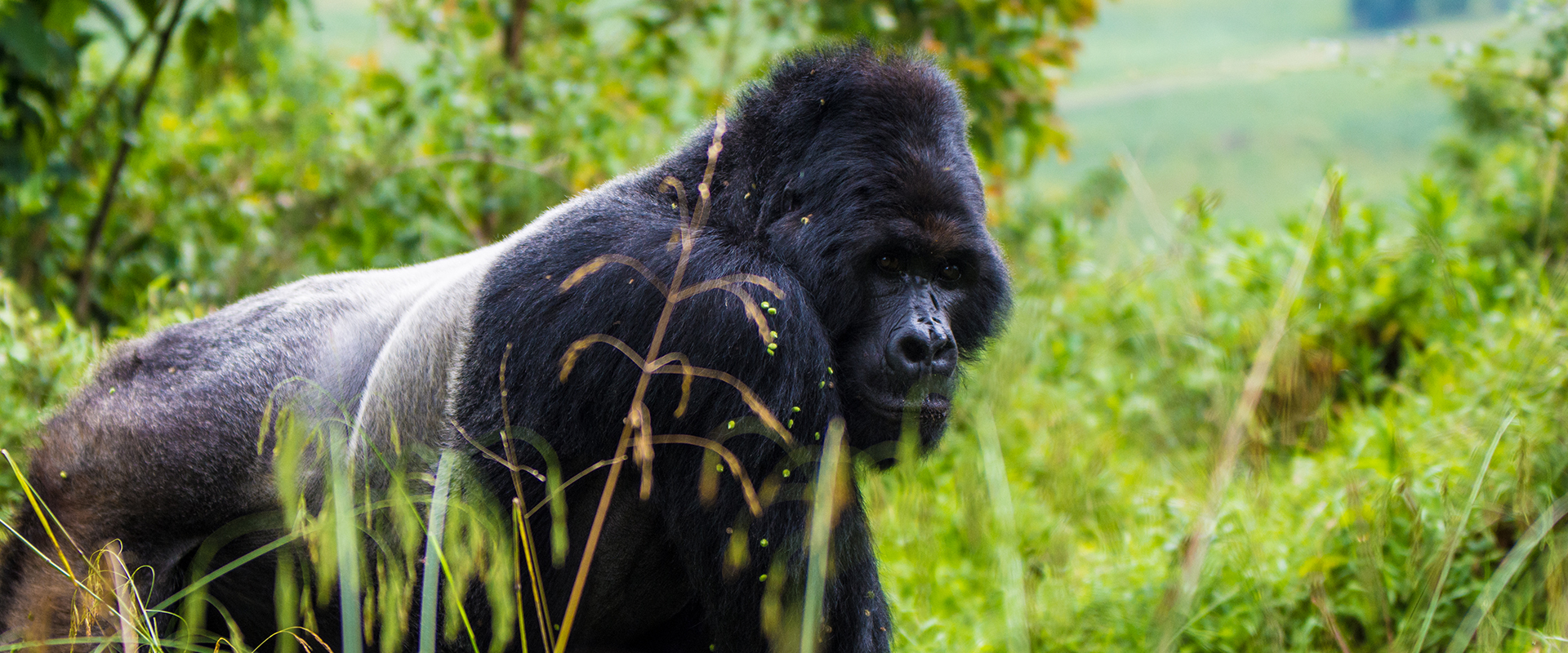
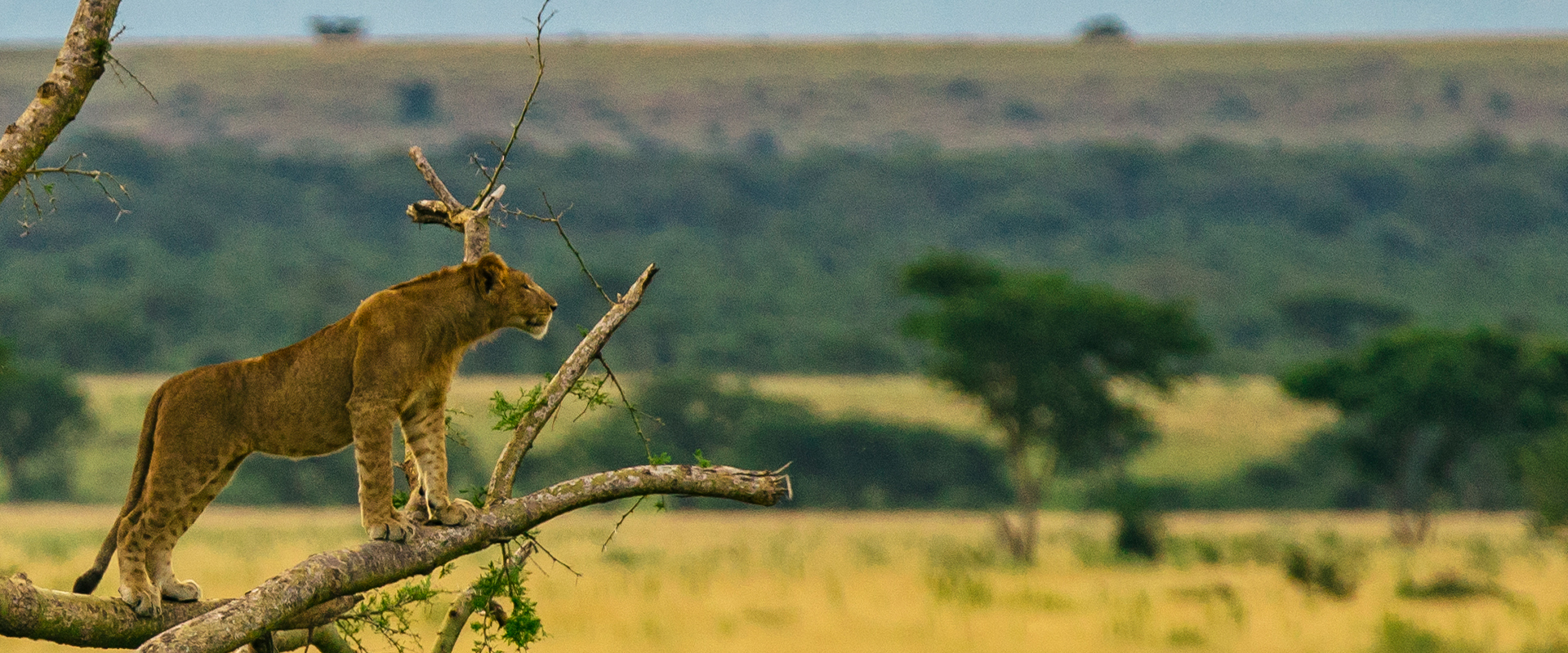
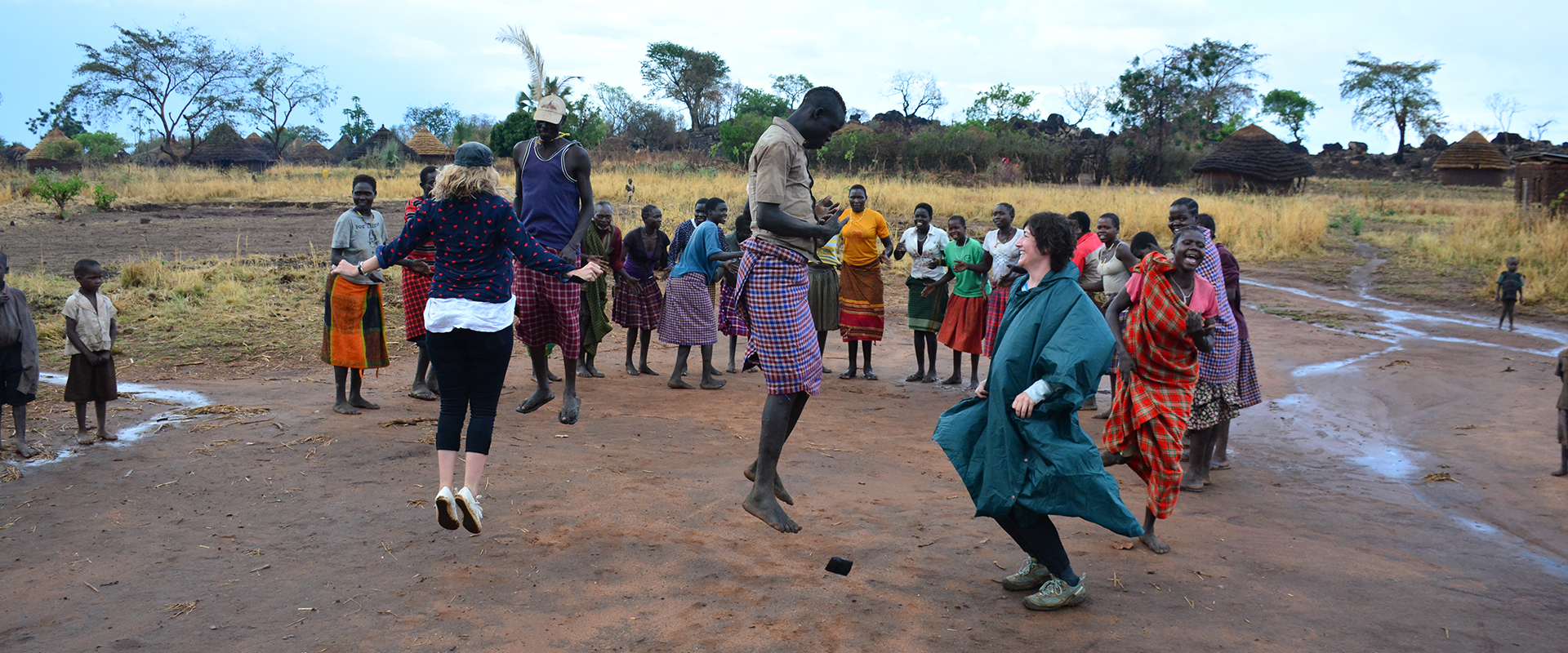
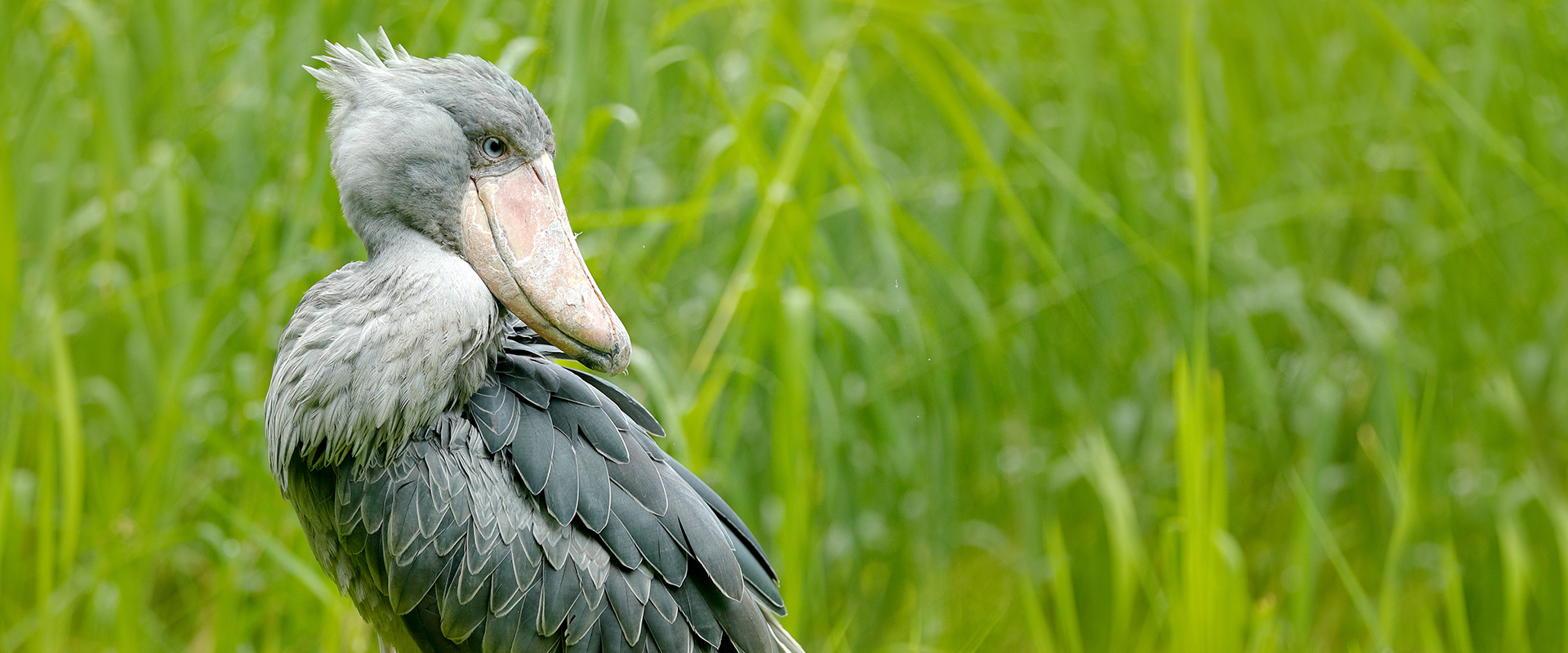
The park is part of the Bwindi Impenetrable Forest and is situated along the Democratic Republic of the Congo (DRC) border next to the Virunga National Park and on the edge of the Albertine Rift. Composed of 331 square kilometers (128 sq mi) of both montane and lowland forest, it is accessible only on foot.
Queen Elizabeth National Park is understandably Uganda’s most popular tourist destination. The park’s diverse ecosystems, which include sprawling savanna, shady, humid forests, sparkling lakes and fertile wetlands, make it the ideal habitat for classic big game, ten primate species including chimpanzees and over 600 species of birds.
Traditionally, the Karamojong have been semi-nomadic, moving with their herds of cattle in search of pasture and water. This lifestyle is essential to their survival in the arid and semi-arid environment of Karamoja.
Shoebills are large birds, with adults typically reaching a height of around 4 to 5 feet (120 to 150 cm). They have a wingspan of about 7 to 8 feet (220 to 250 cm).
Experience the pearl of Africa with us
We believe travel is one of the most liberating and fulfilling things people can do in their lives. It opens up a chance to make discoveries that help us learn, grow and better understand our world and ourselves.
Visiting Uganda, you can see the whole of Africa in this beautiful country. It is Africa condensed, with the best of everything the continent has to offer packed into one stunning destination.
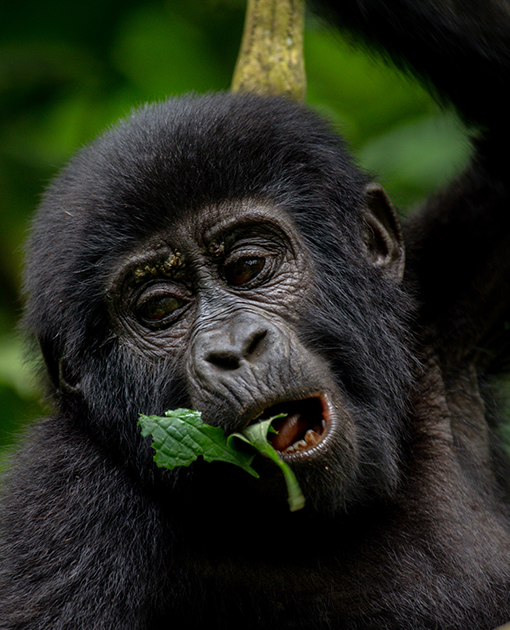
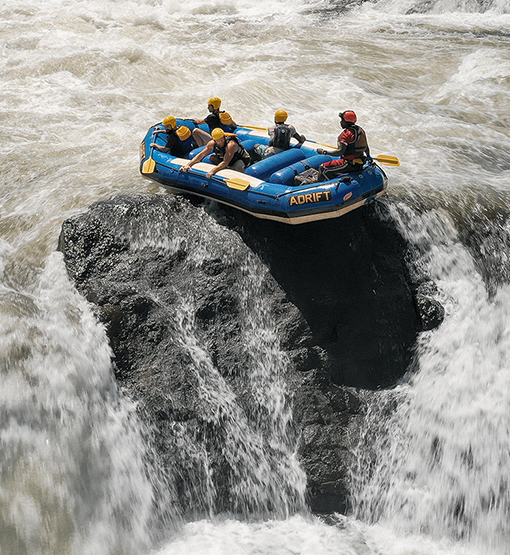
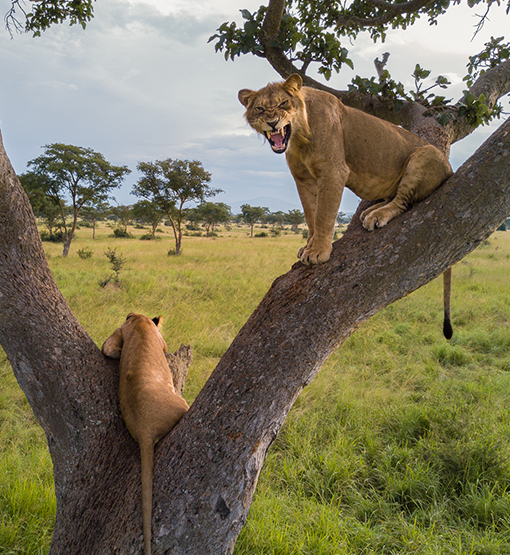
Top Selling Safari's
source of the nile
Explore Eastern Uganda
The trip covers mabira forest, source of the nile, sipi falls, pian upe and close nyero rocks of kumi
$2626
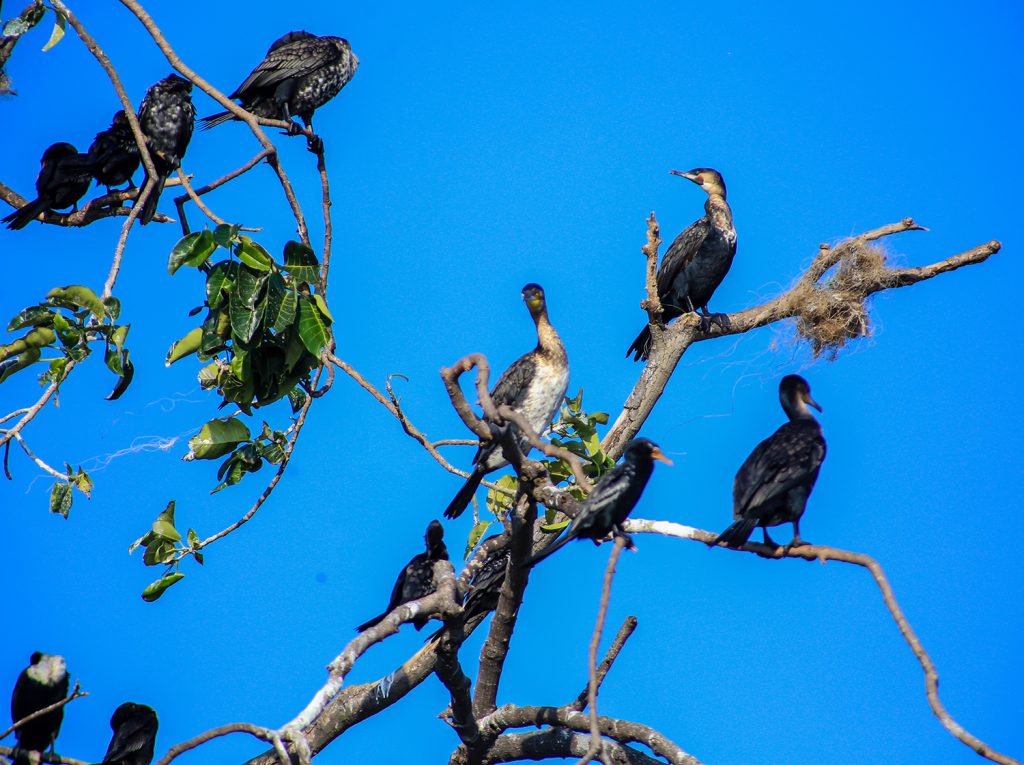
murchison falls national park
3 days to murchison
Short and Sweet, we have organised short trip to the largest park in uganda, home to the big 5 among other wildlife and top and bottom of the falls
$1293
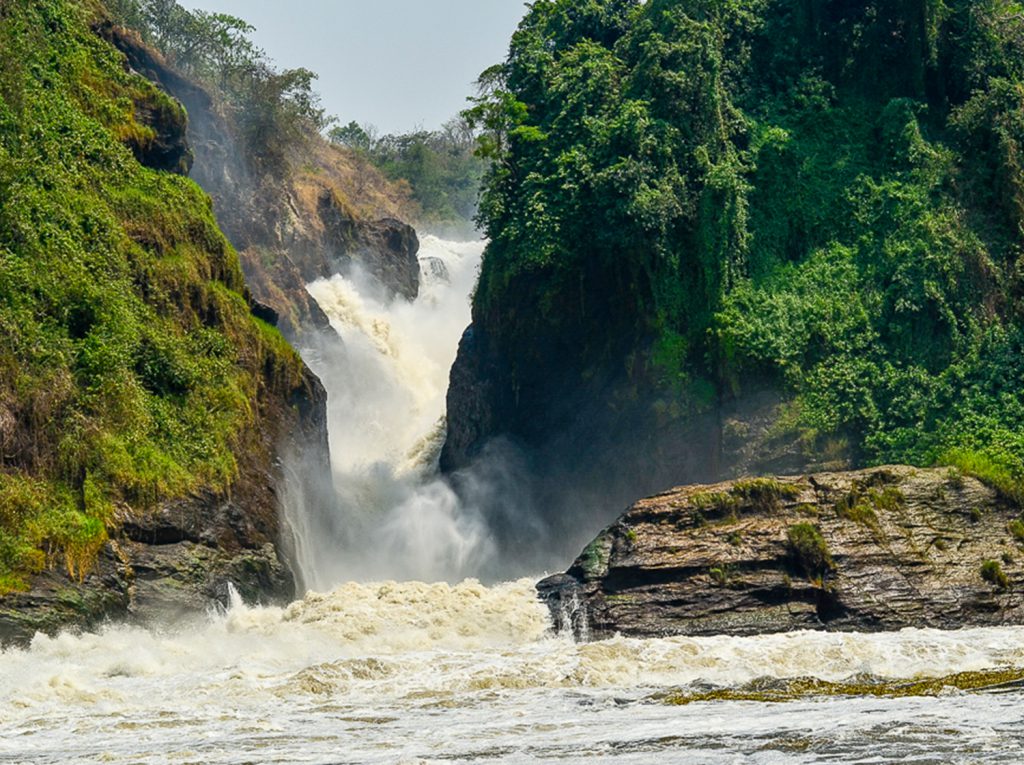
PEARL OF AFRICA
A Vacation in Uganda
Culture, wildlife, trekking in the pearl of Uganda, The circuit offers a complete overview of the best of Kampala
$4509
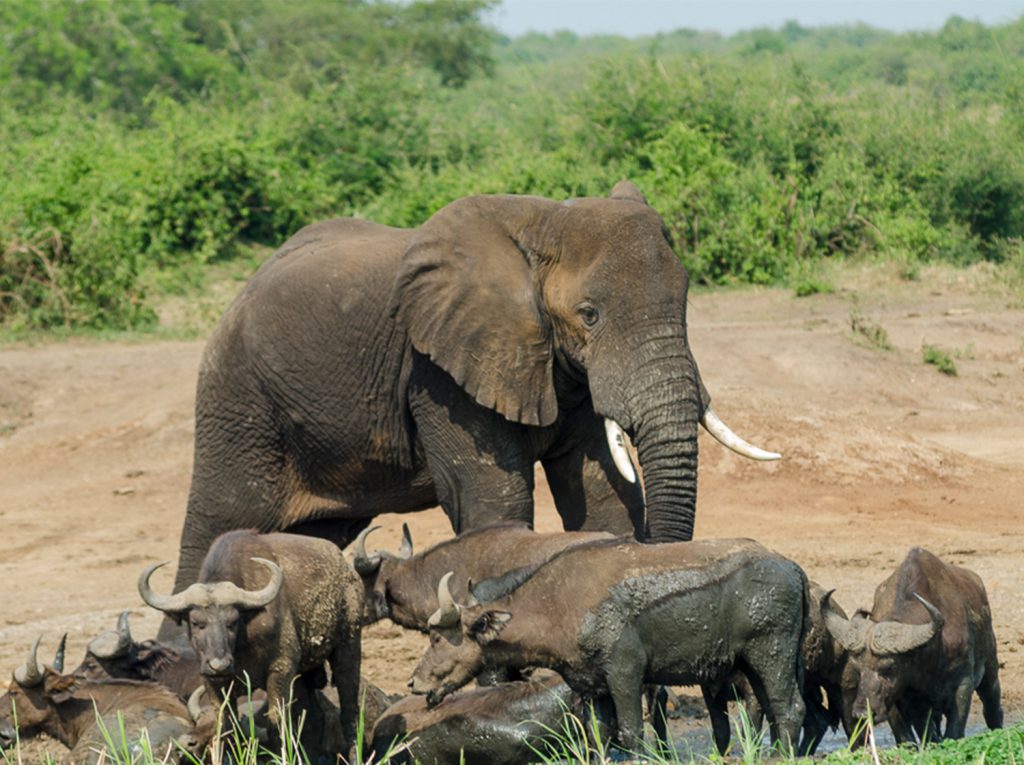
chimpanzee and gorilla
Primates of Uganda
The tour looks at what Uganda has to offers in the primate world, visit Kibale forest, Bwindi impenetrable forest |national park
$3210
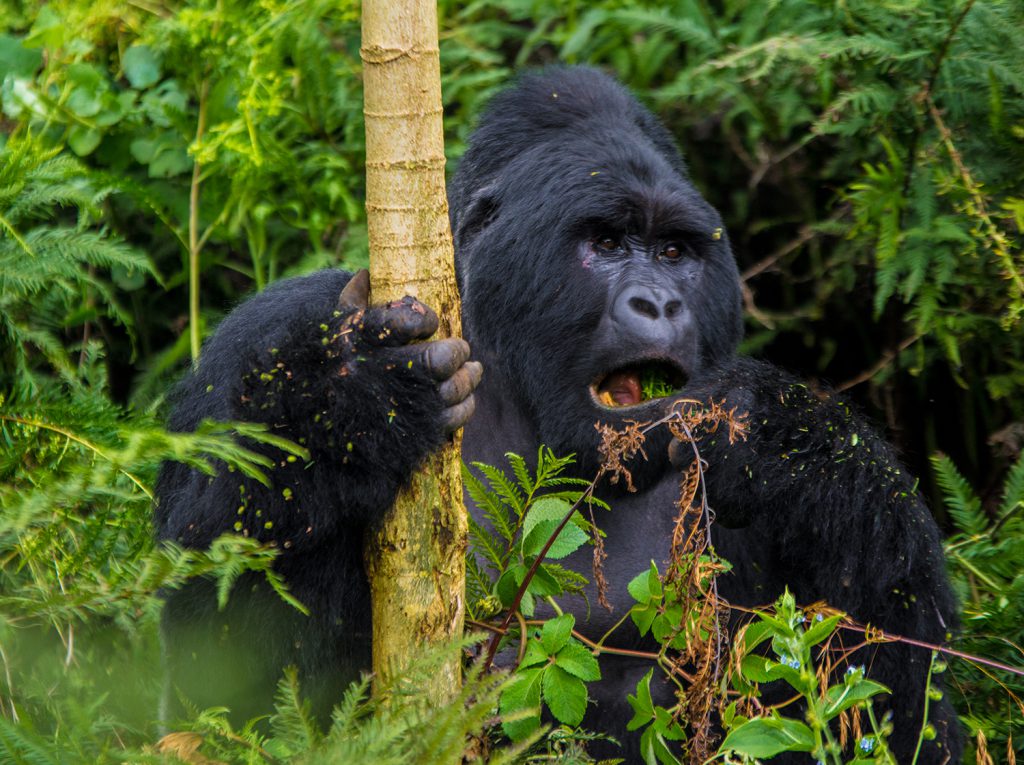
Our Speciality
We specialize in creating imaginative safari trips that allow our travelers to get the most out of each destination. From tailor made independent holidays to escorted tours, adventure expeditions or safari leisurely touring, Uganda has something to suit every budget and taste.
About Us
We are an independent tour operator specializing in safari travel to Uganda and Rwanda. Our highly experienced team is ready to host the safari holiday that best suits you, whether you are planning a honey moon, a family holiday, a first time visit to the Pearl of Africa or a return trip to a favorite lodge.
What We Do
We are your ground handler of choice . We can recommend and book all your travel arrangements in Uganda. This ranges from flights, accommodation, transfers, car hire, and all manner of activities and excursions. All you need to do is arrange your travel to Entebbe International airport in Uganda.
New Deals
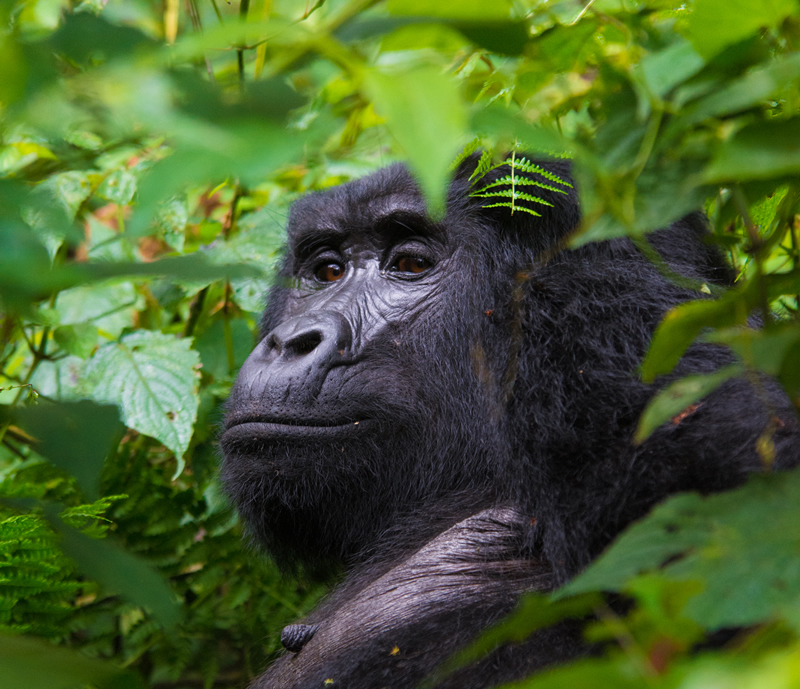
gorillas in time
Pearl of Africa
Starts: Entebbe
Ends: Entebbe
USD $2,746 per person
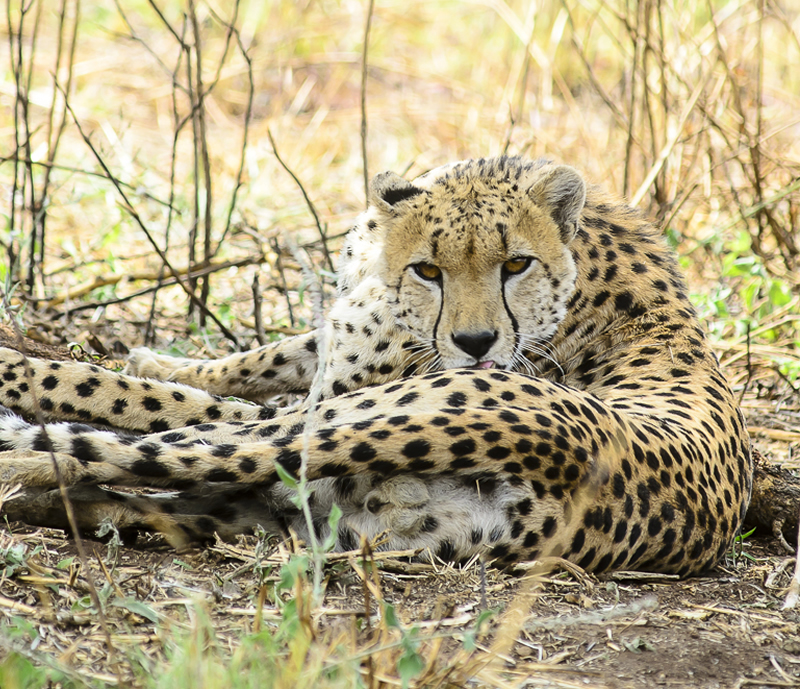
The big 5 & adventure
Pearl of Africa
Starts: Entebbe
Ends: Entebbe
USD $2,626 per person
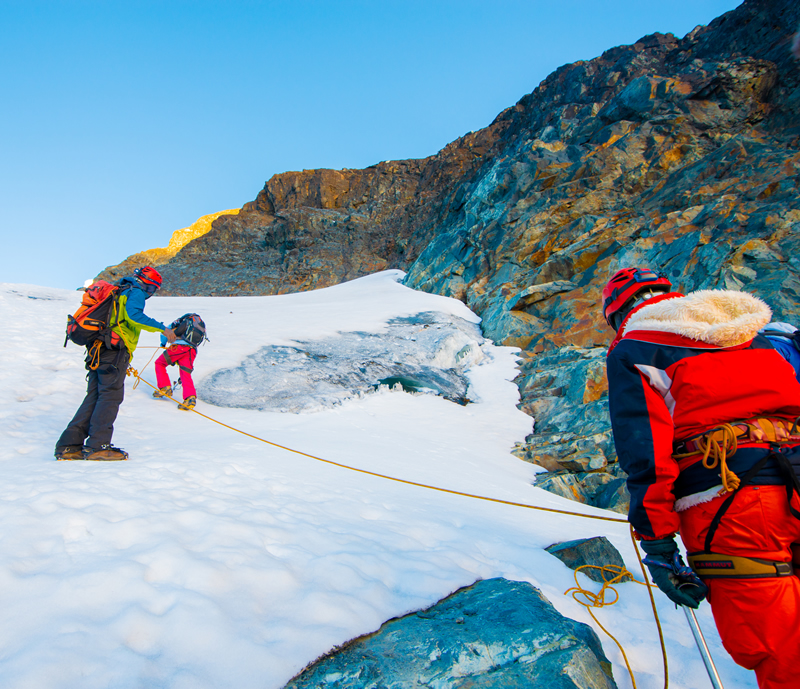
Summit The Rwenzori And The Gorillas
Pearl of Africa
Starts: Entebbe
Ends: Entebbe
USD $3,650 per person
Visit Uganda
Visiting Uganda, you can see the whole of Africa in this beautiful country. It is Africa condensed, with the best of everything the continent has to offer packed into one stunning destination.
Follow us on Instagram
Latest News
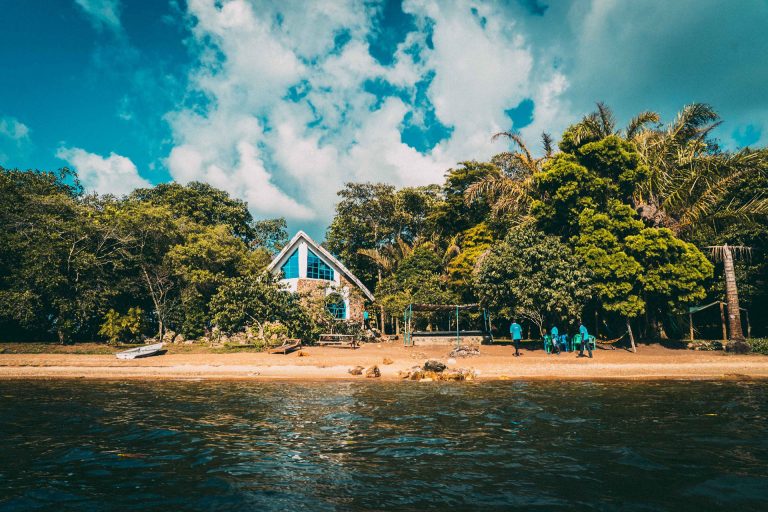
Island Hopping In Uganda
Uganda is a landlocked country in East Africa and does not have islands of significant…
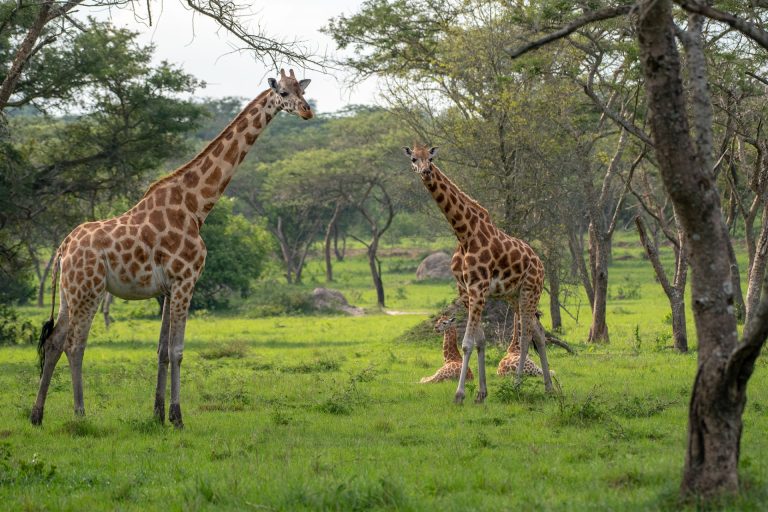
Unlocking the Wonders of Uganda’s National Parks
Uganda, often referred to as the “Pearl of Africa,” boasts a treasure trove of natural…
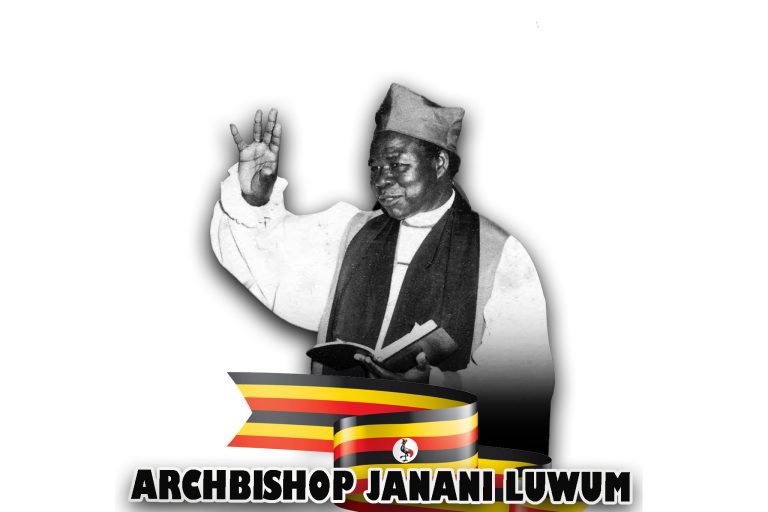
Archbishop Janani Luwum Day
Janani Luwum (1922-1977) was the Archbishop of the Church of Uganda, Rwanda, Burundi, and Boga-Zaire.…







